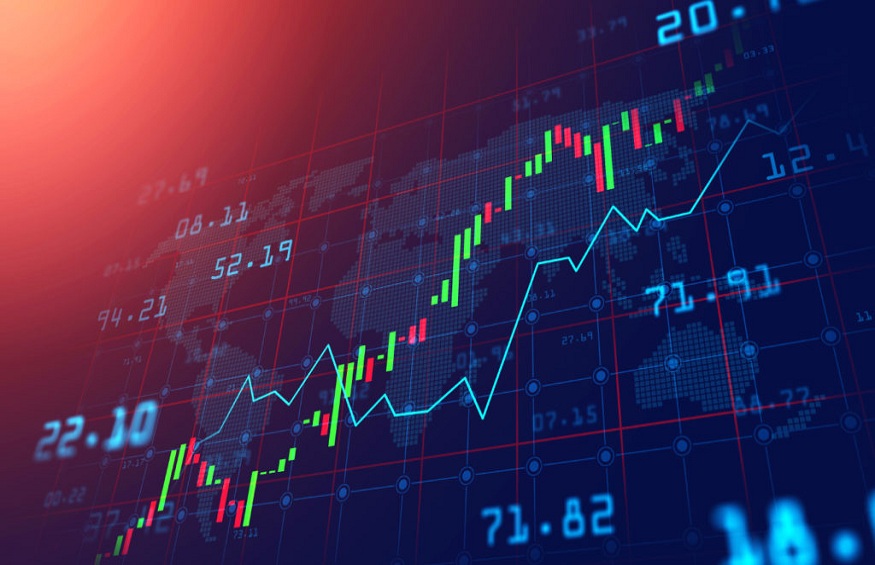Institutional trading in the UAE has evolved dramatically over the past decade, transforming from a relatively niche market into a dynamic hub for global capital. With the country’s strategic location, robust regulatory framework, and ambitious economic diversification plans, institutional traders are increasingly recognising the value of understanding the unique characteristics of UAE equities.
Access to precise market insights, tailored strategies, and advanced analytical tools is critical for navigating this complex environment. Institutional traders must not only assess individual securities but also understand macroeconomic, regulatory, and geopolitical factors that influence market behaviour.
Understanding the UAE Equity Market
The UAE equity market is structured across several key exchanges, including the Dubai Financial Market (DFM), Abu Dhabi Securities Exchange (ADX), and Nasdaq Dubai. Each of these platforms offers a distinct landscape in terms of liquidity, market capitalisation, and sector representation.
The market is heavily influenced by sectors such as real estate, banking, energy, and technology, each with unique trading patterns and volatility profiles. Foreign investment policies and market accessibility continue to evolve, making it crucial for institutional traders to stay informed about regulatory shifts and emerging opportunities.
Partnering with research firms such as Goldman Sachs can provide institutional traders with critical market intelligence, helping them evaluate sector trends, liquidity conditions, and valuation benchmarks for informed decision-making.
Market liquidity varies significantly between exchanges, with larger-cap stocks offering more stable trading volumes, while mid- and small-cap equities present opportunities for strategic positioning. The UAE market has increasingly attracted global investors due to its favourable regulatory environment, tax incentives, and the country’s ambitious economic diversification initiatives, making it a fertile ground for institutional-level trading strategies.
Regulatory Framework and Compliance
Navigating the UAE’s regulatory landscape is a fundamental requirement for institutional traders. The Securities and Commodities Authority (SCA) oversees compliance and ensures that market participants operate within established governance standards. Institutional investors must adhere to reporting requirements, anti-money laundering regulations, and corporate governance frameworks.
Regulatory changes, such as the introduction of more transparent disclosure requirements and investor protection measures, can influence market sentiment and liquidity. Traders must stay abreast of these developments to align their strategies with legal obligations and mitigate potential compliance risks.
Corporate governance standards in UAE-listed companies have strengthened over the years, with an increasing emphasis on transparency, audit practices, and shareholder rights. Institutional investors benefit from understanding these frameworks, as they directly affect risk assessments and valuation methodologies.
Market Drivers and Macro Influences
UAE equities are influenced by both domestic and international macroeconomic factors. Economic policies promoting diversification, such as investments in technology, tourism, and renewable energy, play a significant role in shaping sector performance. Regional geopolitics and oil price fluctuations can create volatility, impacting energy-dependent sectors and broader market sentiment.
Global monetary policy decisions, including interest rate changes and currency valuations, also affect institutional investment strategies. The UAE dirham’s peg to the US dollar requires careful consideration of currency risk, particularly for institutions holding multi-currency portfolios. Understanding these macroeconomic influences allows traders to design hedging strategies and position themselves advantageously during periods of market uncertainty.
Advanced Equity Analysis Techniques
Institutional traders rely on a blend of analytical approaches to make informed decisions. Fundamental analysis involves a thorough assessment of financial statements, earnings quality, growth prospects, and competitive positioning. This provides a deep understanding of the intrinsic value of companies and identifies potential long-term investment opportunities.
Technical analysis complements fundamentals by identifying price trends, chart patterns, and momentum indicators. Advanced techniques include algorithmic trading signals, trend forecasting, and high-frequency data analysis. Quantitative models, such as factor-based strategies and statistical arbitrage, allow institutional investors to evaluate risk-adjusted returns and optimise portfolio performance.
Environmental, Social, and Governance (ESG) factors are increasingly integrated into equity analysis, reflecting the growing importance of sustainable investing. Evaluating ESG criteria can uncover long-term opportunities and potential risks, particularly in sectors like energy and infrastructure, where regulatory compliance and social impact are critical.
Portfolio Construction for Institutional Investors
Constructing an effective portfolio in the UAE equity market requires careful diversification across sectors, market capitalisations, and investment horizons. Risk management is essential, utilising metrics such as volatility, value-at-risk (VaR), and stress testing to assess exposure under different market scenarios.
Leverage and margin considerations are particularly important for institutional-scale positions, as they amplify both potential gains and losses. Portfolio strategies often balance UAE equities with regional or global instruments, providing stability and capturing growth opportunities across different economic cycles. A disciplined approach to asset allocation, combined with robust risk management, underpins long-term institutional success.
Trading Strategies Tailored to the UAE Market
UAE equities offer a range of trading strategies suited for institutional participants. High-frequency and algorithmic trading strategies leverage technology to exploit market inefficiencies, while event-driven approaches focus on corporate actions, earnings reports, and IPO activity. Arbitrage opportunities exist across exchanges, such as between DFM and ADX, allowing for risk-adjusted profit potential.
Institutional traders also consider the timing of trades, balancing long-term positioning with short-term market movements driven by economic or geopolitical events. Integrating macroeconomic insights with technical and quantitative analysis provides a comprehensive framework for strategy execution.
Conclusion
Institutional-level trading in the UAE requires a sophisticated understanding of market structure, regulatory frameworks, and macroeconomic influences. Advanced analytical techniques, rigorous portfolio construction, and strategic risk management are essential for capturing opportunities and mitigating risks. By combining global insights with local intelligence, institutional investors can navigate the UAE equity market effectively, achieving superior risk-adjusted returns while preparing for future developments in this dynamic environment.



